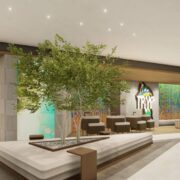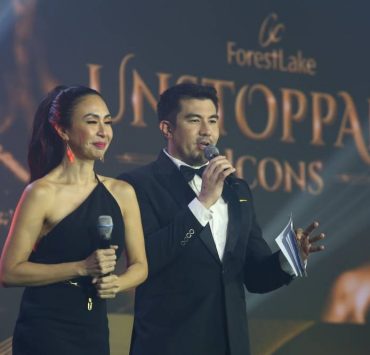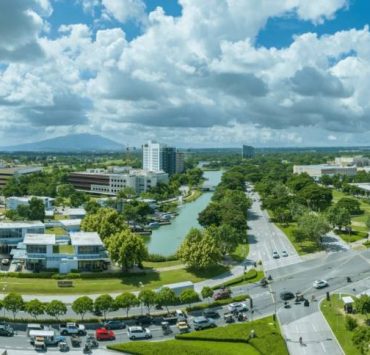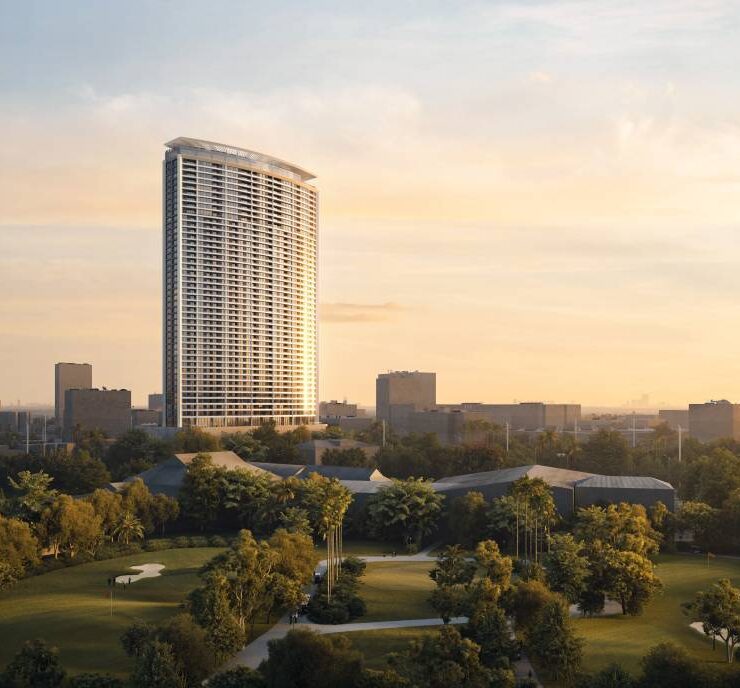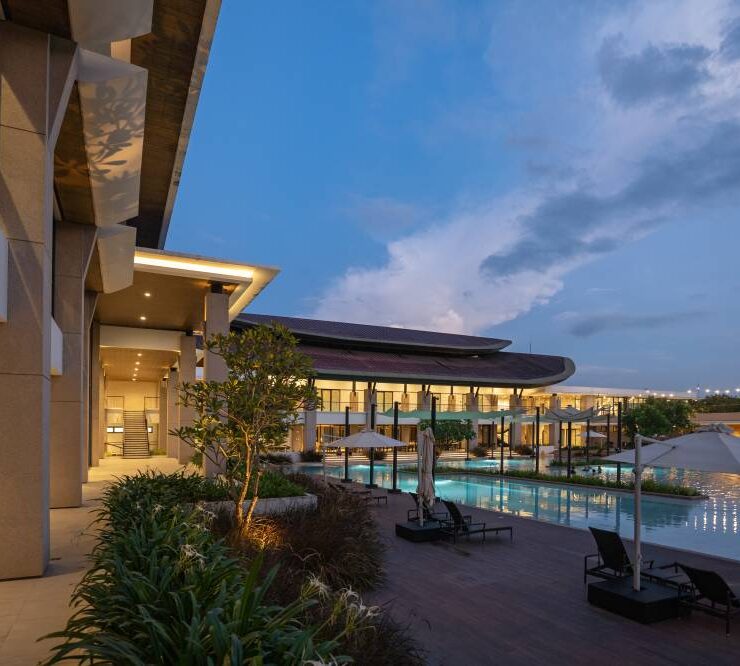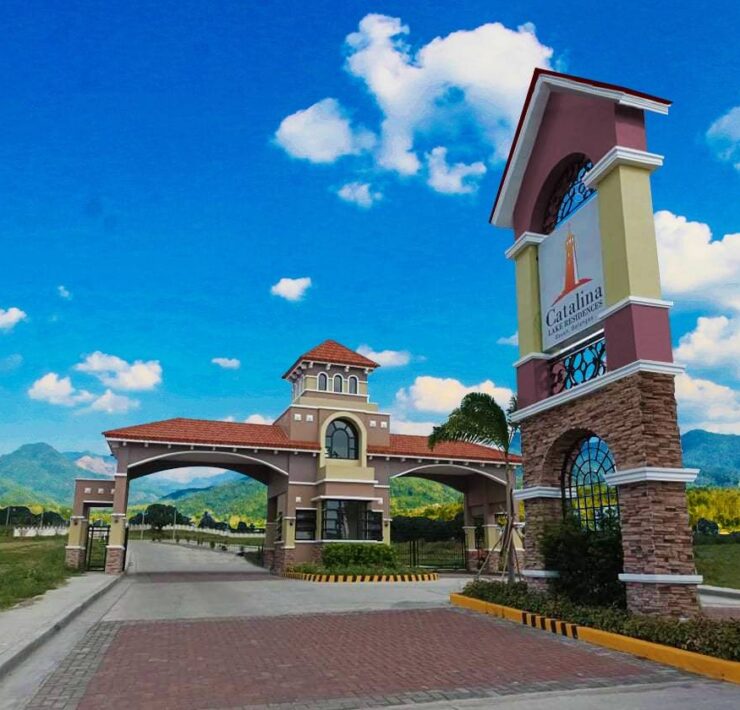Nature-based urban flood prevention
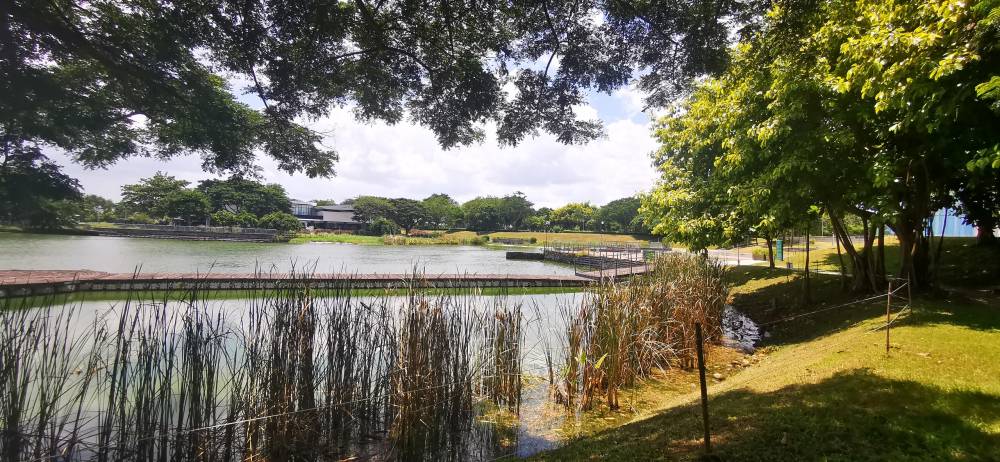
Urbanization and climate change continue to pose significant challenges for governments and even property developers, with flooding being one of the most critical issues. As cities expand and weather patterns become increasingly unpredictable due to climate change, the risk of flooding also intensifies, threatening infrastructure, property, and human lives.
These have long prompted Ayala Land Inc. to take a more proactive stance through the adoption of innovative strategies to manage and mitigate flooding across its estates. By integrating both advanced and practical solutions, the property giant continues to set the benchmark for resilience and sustainability in urban planning.
Permeable sidewalk pavements
One of these solutions is the use of permeable pavements in sidewalk designs, which allow water to infiltrate the ground rather than contributing to surface runoff. This approach reduces the load on drainage systems as this kind of pavement naturally absorbs rainwater and channels it into the soil. This helps lower the risk of urban flooding, making cities more resilient to heavy rainfall.
These pavements are being used in various Ayala Land estates, particularly for the Nuvali East Block Streetscape and Garden in Laguna, Cloverleaf Linear Park in Quezon City, and South Road Properties Streetscape in Cebu province. The permeable pavements here help manage stormwater and support groundwater recharge. Soon, the Eco-Terraces and Green Spine of Parklinks, a rising estate along C5 Road in Quezon City, will similarly employ this measure.
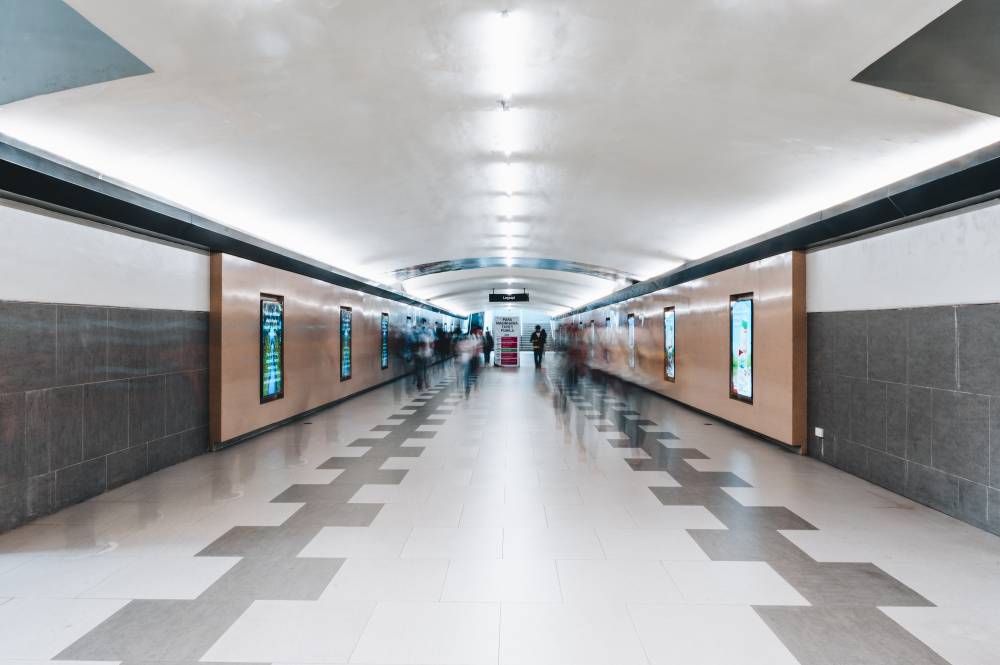
Continuous planting strips vs. pits
Planting strips, with their larger surface areas, provide more water infiltration space than traditional tree pits. These strips, filled with soil and vegetation, act as bio-retention areas, capturing and filtering runoff before it reaches the stormwater system. The method significantly enhances the landscape’s ability to manage stormwater effectively.
Planting strips, with their larger surface areas, provide more water infiltration space than traditional tree pits. These strips, filled with soil and vegetation, act as bio-retention areas, capturing and filtering runoff before it reaches the stormwater system. This method significantly enhances the landscape’s ability to manage stormwater effectively, reducing the risk of flooding and improving water quality. Also, planting strips contribute to urban green spaces, supporting biodiversity and offering aesthetic and environmental benefits to the community.
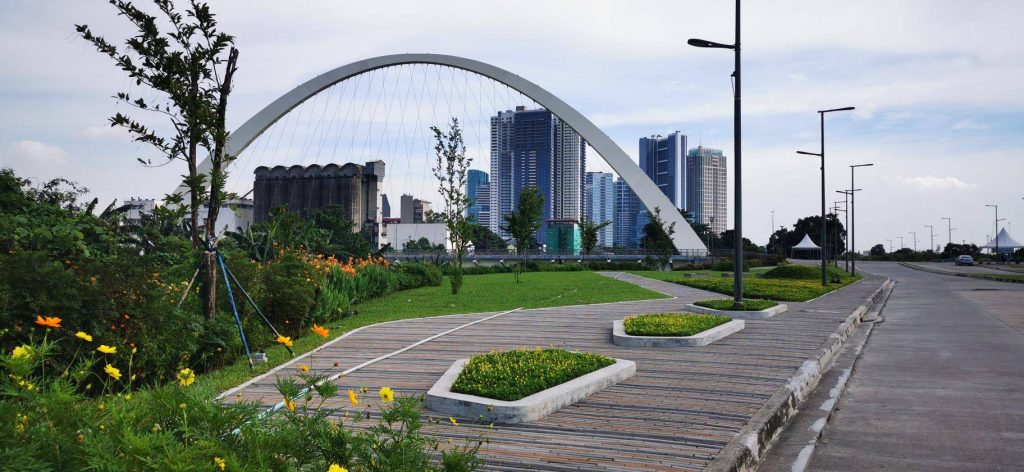
Rain gardens, detention ponds, and bioswales
Decentralized stormwater management systems approach, capture, store, and infiltrate stormwater near where it falls. Ayala Land integrates rain gardens, detention ponds, and bioswales in developments like Vertis Garden, the Arca main spine center island, and Nuvali Evoliving Lakeside. These basins and channels regulate flow volume, improve water quality, and enhance urban biodiversity.
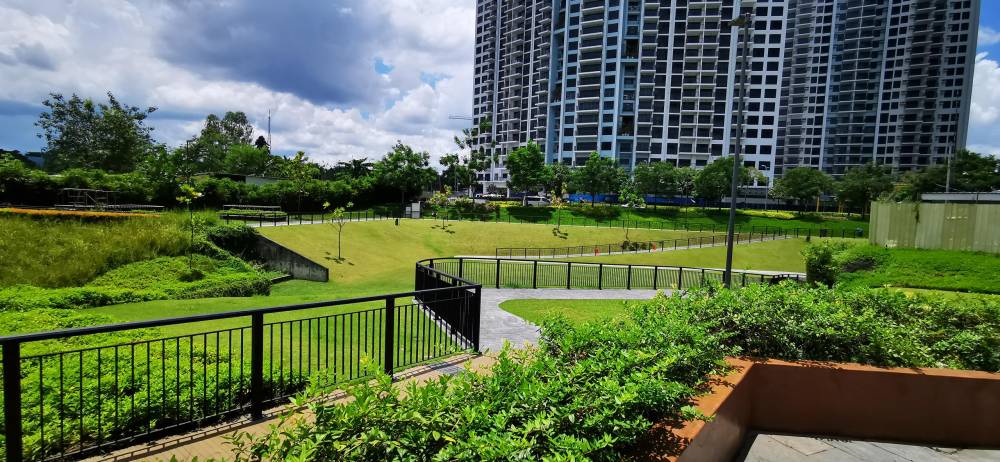
Nuvali East Block, in particular, combines permeable pavements, continuous planting strips, and bioswales to create a comprehensive stormwater management system.
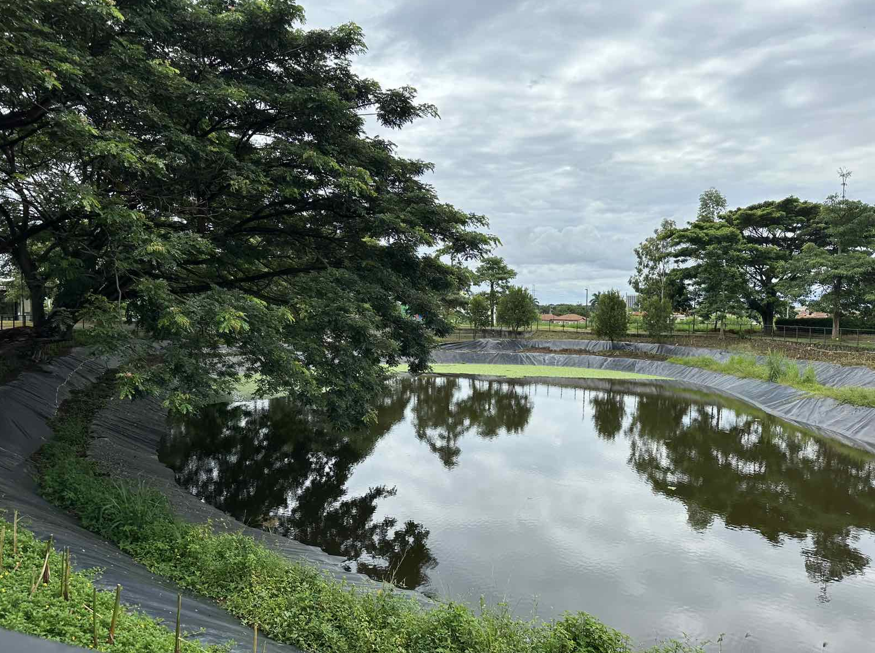
Strategic tree installation and management
Also contributing to these efforts is Ayala Land’s 1000 Trees Program, which plants thousands of trees yearly across its streetscapes and parks, enhancing the urban canopy’s ability to absorb and manage stormwater. Each tree intercepts rainfall through its leaves and roots.
Fast-track installation, averaging 3,500 trees yearly, contributes significantly to urban cooling, biodiversity, and overall environmental quality. Assessing and incorporating existing trees into new developments ensure mature trees continue providing ecological benefits.
CommuniTree nurseries in Ayala Land estates like Alviera in Pampanga, Altaraza in Bulacan, Areza in Batangas, and Vermosa in Cavite support this initiative by supplying quality native trees suited to local climate and soil conditions.
Collaborating with expert landscape maintenance providers to maintain arboricultural standards by regularly pruning, managing the soil, and controlling pests, this all-encompassing tree care strategy helps prevent diseases and structural issues. In Alviera’s landscape, the regular supply of native trees from CommuniTree nurseries adds to the area’s overall premium.
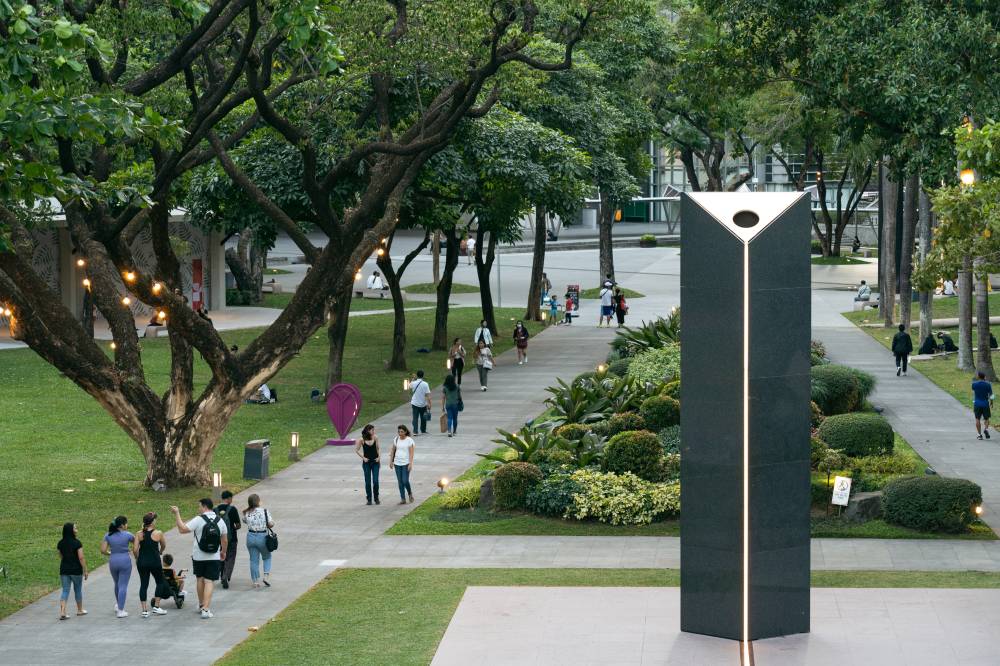
Effective soil management
Using a standardized soil mix with better infiltration rates helps improve the soil’s physical structure for effective water management. Ayala Land mandates this mix across all projects, preventing soil compaction and enhancing the ability of soil to absorb and retain water.
Vegetative covers, including grasses, shrubs, and ground-level plants, stabilize the soil and reduce the velocity of surface runoff. These covers are critical in managing stormwater by intercepting rainfall and facilitating infiltration. Developments like Vertis North in Quezon City incorporate these soil management practices. Using an approved soil mix and extensive vegetation reduces peak flow rates and enhances flood resilience.
The author (at www.ianfulgar.com) is a leading architect with an impressive portfolio of local and international clients. His team elevates hotels and resorts, condominiums, residences, and commercial and mixed-use township development projects with innovative, cutting-edge design and business solutions that have garnered industry recognition, making him the go-to expert for clients seeking to transform their real estate ventures
The author (www.ianfulgar.com), is a leading architect with an impressive portfolio of local and international clients. His team elevates hotels and resorts, condominiums, residences, and commercial and mixed-use township development projects. His innovative, cutting-edge design and business solutions have garnered industry recognition, making him the go-to expert for clients seeking to transform their real estate ventures













